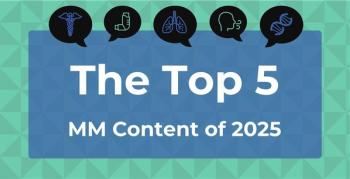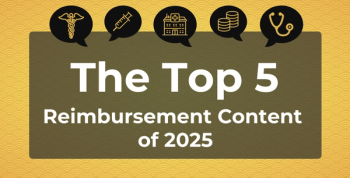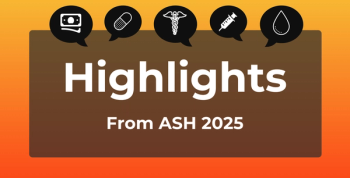
Insulin Nasal Spray Reaches Memory Centers in Brain, Offering Hope for Alzheimer Treatment
Key Takeaways
- Intranasal insulin effectively targets brain regions involved in memory and cognition, showing promise for Alzheimer and MCI treatment.
- Insulin uptake varied among participants, with higher uptake in cognitively normal adults compared with those with MCI.
The 16-person, first-in-human study showed promising safety and efficacy data for delivering insulin intranasally in older adults.
Intranasal insulin can safely and effectively reach key brain regions involved in
According to the researchers, these findings mark an essential step toward validating this drug delivery method to treat Alzheimer disease and mild cognitive impairment (MCI).
“This study fills a critical gap in our understanding of how intranasal insulin reaches the brain,” Suzanne Craft, PhD, professor of gerontology and geriatric medicine at Wake Forest University School of Medicine and director of the Wake Forest Alzheimer’s Disease Research Center, said in a
Insulin Delivered Directly to Brain
The study enrolled 16 older adults with a mean age of 72 years, including 7 “cognitively normal” individuals and 9 with MCI.1 Using the radiolabeled insulin compound [68Ga]Ga-NOTA-insulin delivered with an Aptar Cartridge Pump System, participants underwent 40-minute PET brain scans to measure insulin uptake in real time.
The insulin reached 11 memory- and cognition-related brain regions—including the hippocampus, amygdala, thalamus, and olfactory cortex—with significant uptake observed across all participants. The researchers noted the delivery system used was specifically designed to optimize deposition in the upper nasal cavity, near the olfactory and trigeminal nerves. The insulin then binds to receptors in the cortex and hippocampus to overcome central nervous system insulin resistance and elicit downstream effects.
According to Craft, one unexpected finding was that insulin uptake varied among patients with early cognitive decline; average insulin uptake was higher in cognitively normal adults than in those with MCI, who demonstrated faster clearance and lower cumulative insulin delivery.
Researchers identified several possible reasons for this discrepancy. One is disruption of the recently described nasal-olfactory plexus, a pathway facilitating cerebrospinal fluid exchange and nose-to-brain drug delivery. This pathway can be impaired by factors like amyloid buildup, which is common in MCI and Alzheimer disease. A second factor is vascular function. Among cognitively normal participants, higher pulse pressure—a sign of better arterial elasticity—was associated with increased insulin delivery, but this relationship was absent in the MCI group. Finally, MCI may involve reduced insulin receptor expression in the brain, limiting the capacity for insulin binding and prolonging therapeutic effect, according to the researchers.
Positive Safety With Some Variation
No serious adverse events were reported in the study, and only 2 participants experienced mild, self-resolving headaches. Systemic insulin and glucose levels remained stable with intranasal insulin, as did systolic and diastolic blood pressure. Although plasma glucose levels decreased over time with the spray, levels remained well above hypoglycemic cutoffs of 70 mg/dL.
In addition to cognitive status, insulin uptake varied by sex, vascular health, and levels of plasma p-tau217—a biomarker associated with amyloid pathology in Alzheimer disease. Among female participants, higher pulse pressure and baseline insulin were associated with greater brain insulin absorption, while elevated p-tau217 levels were linked to less absorption in many regions of the brain.
Together, the findings show promise in validating intranasal delivery systems effectively, which Craft said is an important step before starting therapeutic trials.2
“This means we’re no longer flying blind,” she said. “We now have a roadmap directly to the brain.”
References
- Solingapuram Sai KK, Erichsen JM, Gollapelli KK, et al. First-in-human positron emission tomography study of intranasal insulin in aging and MCI. Alzheimers Dement. 2025;11:e70123. doi:10.1002/trc2.70123
- New study validates insulin nasal spray to deliver Alzheimer’s drug directly to the brain. News release. Atrium Health Wake Forest Baptist. July 23, 2025. Accessed July 23, 2025.
https://newsroom.wakehealth.edu/news-releases/2025/07/new-study-validates-insulin-nasal-spray-to-deliver-alzheimers-drug-directly-to-the-brain
Newsletter
Stay ahead of policy, cost, and value—subscribe to AJMC for expert insights at the intersection of clinical care and health economics.








